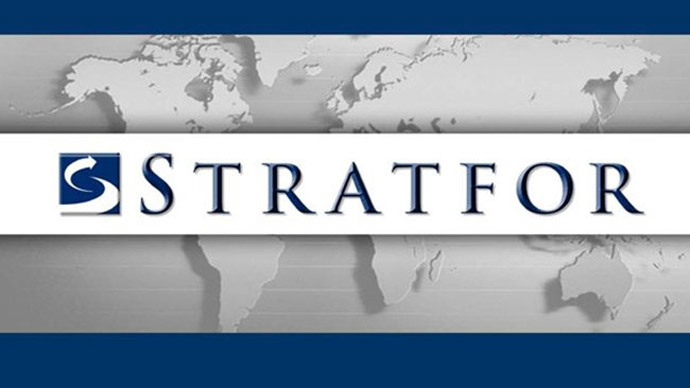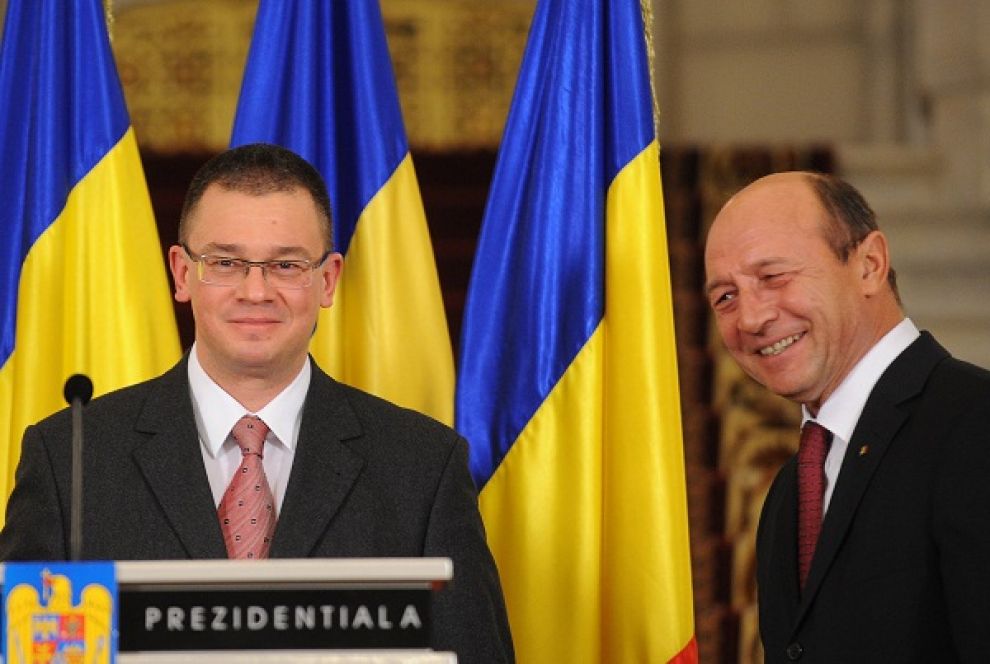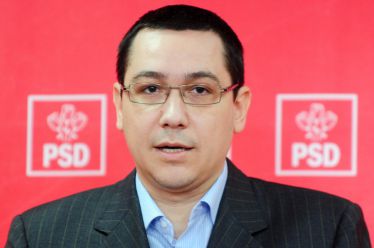Criza din Ucraina a relansat temerile tradiționale ale României cu privire la o agresiune străină și a relansat strategia țării de a deveni mai independentă din punct de vedere energetic. Bucureștiul este îngrijorat de evenimentele din Moldova vecină, unde regiunea separatistă Transnistria se află sub influență rusă, și de evenimentele din Marea Neagră. Ca o țară înconjurată de mari puteri, principala provocare geografică a României este să rămână unită și să limiteze influența străinilor, apreciază agenția Stratfor, preluata de Agrepres. Strafor a postat recent un video de două minute intitulat “Provocarea geografică a României”.
https://www.stratfor.com/video/romanias-geographic-challenge
Iata transcriptul integral potrivit Stratfor.com
Romania is located in southeastern Europe, north of the Balkan Peninsula and on the western shore of the Black Sea. The Carpathian Mountains divide Romania into three parts. To the south is the Wallachian Plain, the core of contemporary Romania where its capital, Bucharest, and its old oil center, Ploiesti, are located. East of the Carpathians is the Moldavian Plain, where the city of Iasi sits, which is an important economic and cultural center. To the northwest of the Carpathians is Transylvania, a more rugged, hilly region.
None of the three parts are easy to defend. Transylvania was occupied by the Hungarians in several stages starting in the 11th century, and then fell under Ottoman and Austro-Hungarian rule. Wallachia and Moldavia were constant battlegrounds for the Ottomans, the Habsburgs and later the Russians.
After becoming a nation-state in the late 19th century, Romania had a precarious existence, balanced between foreign powers. Romania spent most of the 20th century trying to find its balance with monarchy, authoritarianism and democracy. During the Cold War, Romania was ruled by a Communist dictatorship loosely aligned with the Soviet Union. Like most of the former Soviet satellites, after the fall of communism, Romania aligned itself with NATO and the European Union.
The crisis in Ukraine has reignited Romania’s traditional fears of foreign aggression and its strategy to become more independent on energy. Bucharest is worried about events in neighboring Moldova, where the breakaway region of Transdniestria is under Russian influence, and in the Black Sea. As a country surrounded by large powers, Romania’s main geographic challenge is to remain united and limit the influence of foreigners.





